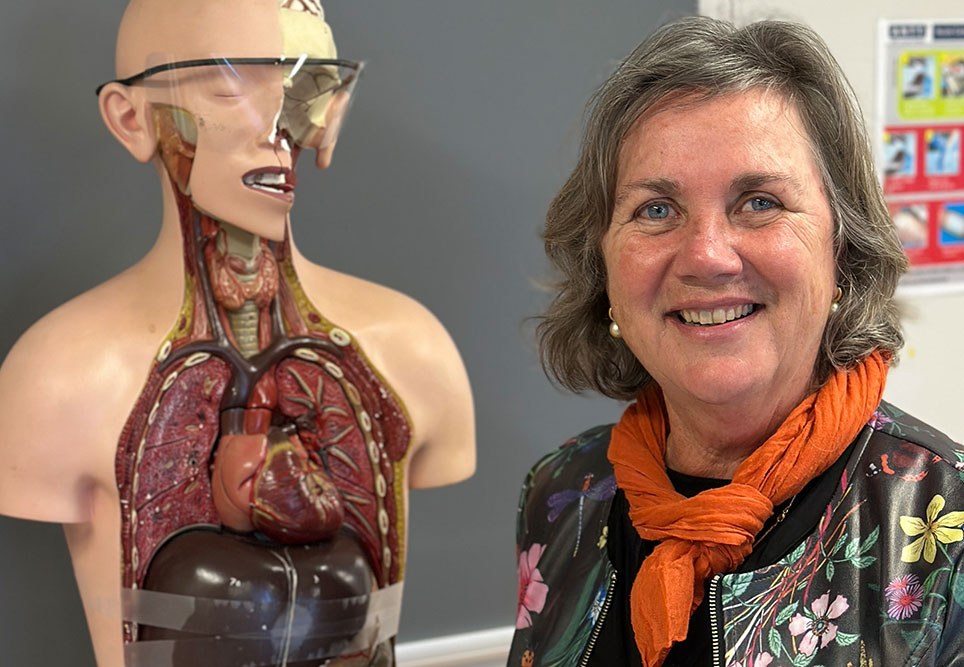Isabelle, currently Nursing Director Education and Research for the Tasmanian Health Service North West, served for a number of years on the CRANAplus Board and has been President.
She was involved in establishing the first REC course and volunteered a lot of time to support the development of the remote health suite of courses through the Centre for Remote Health.
As a fledgling nurse, Isabelle was inspired to pursue a career in remote nursing in Australia after visiting Papua New Guinea where she witnessed the challenges faced by communities in remote areas.
“I realised then that I wanted to [be a remote area nurse] in Australia,” she says, “I didn’t need to go overseas. And that became my driving goal.”
After working in the Northern Territory and northwest Western Australia, where she gained invaluable experience working with Aboriginal health workers, Isabelle moved into Aboriginal health education and then higher education and set up the nursing programme at the Notre Dame University in Broome, prior to becoming the WA government’s first telehealth coordinator.

From those early days she has gone on to have a career as a nursing and midwifery academic and senior health leader.
“I didn’t even know what telehealth was back then,” she says, listing the numerous challenges in those early days of advocating this new type of service: from bandwidth limitations and inadequate systems and protocols to establish reliable connections with specialists, to its reluctant uptake by the medical profession.
Tame by today’s standards, the steps of progress were innovative and groundbreaking at the time, she says.
“I had always been interested in wound care for people living with diabetes because of the really poor outcomes, abysmal outcomes actually, and very complex issues,” Isabelle says. “We had to come up with solutions.”
An initial solution to telehealth’s technical challenges was the use of digital imaging software. In terms of limb ulcers in people with diabetes, it was a case of taking a photo and using a 1cm sticky label to calibrate wound images and communicate through telehealth consultations to deliver effective care remotely.
The uptake of telehealth “has been a slow burn, but it’s finally paying off,” says Isabelle.
“With remote communities, the value of telehealth was clear to us who were out there, but when you have five million people living in a city and the view that they can go to a nearby clinic, compared with 100 people in a remote community, the small population size raised questions about cost-effectiveness and resource allocation.
“It took the COVID-19 pandemic to move telehealth into the mainstream, because people in the cities couldn’t leave their homes and [realised] that telehealth was valuable.”

